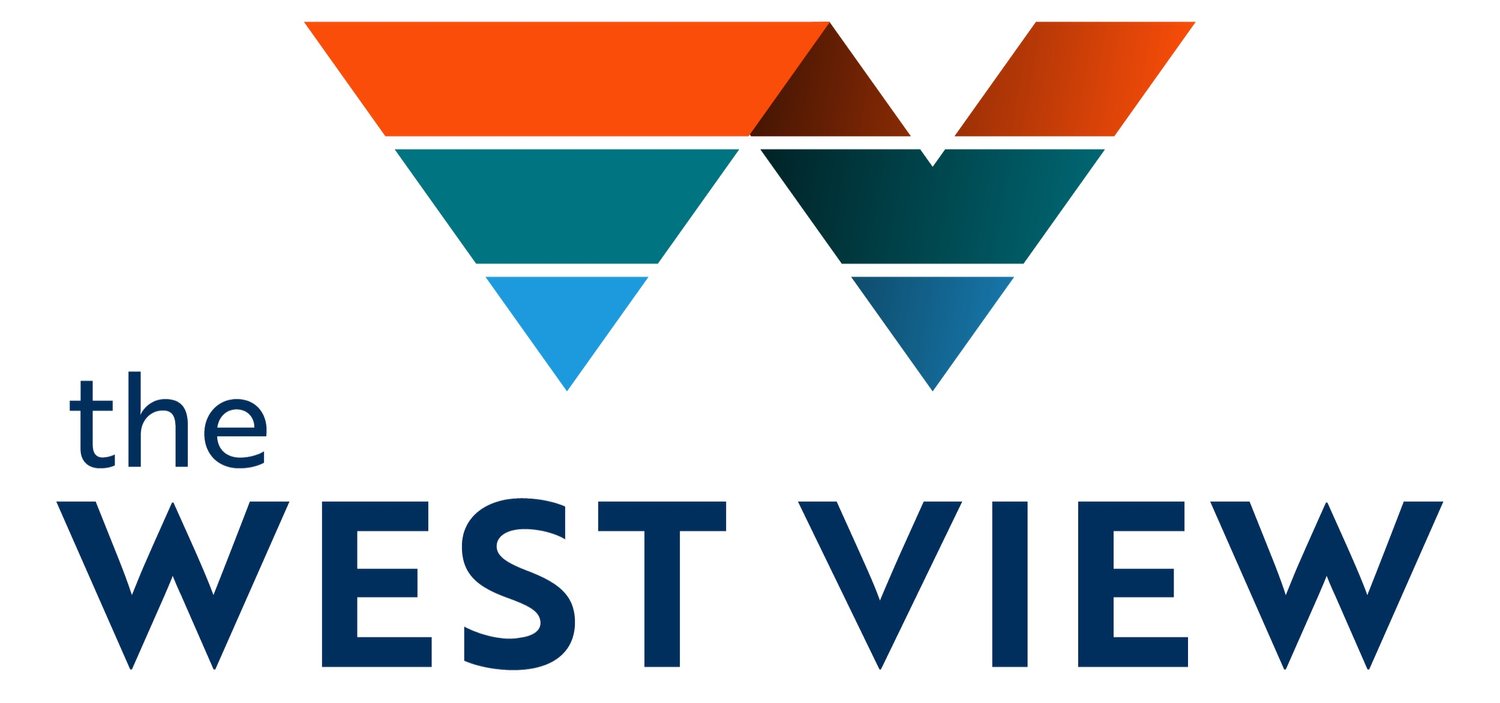Utah Development Academy: not your average soccer club
On 600 West, among all the apartment construction in the west Downtown-Gateway area, “Futsal 801” pops out of the warehouse drab. The murals of international soccer stars Messi and Ronaldinho colorfully announce the indoor soccer facility for Utah Development Academy (UDA).
While UDA is a serious soccer club with 22 competitive teams, its mission isn’t the typical “winning at any cost” philosophy of many youth soccer clubs in the U.S.
Founded in 2012 by Tyler Stockstill, UDA declares its mission as “inspiring diverse youth to achieve their potential through education and sport.” Tyler’s wife and the club’s Health and Education Coordinator, Libby Stockstill says Tyler’s vision was born out of his connection with Latino players while coaching for east side clubs in Salt Lake City.
Wanting to provide a different experience for west side youth, Tyler focuses on quality, accessibility, affordability, and meeting west side kids’ needs. UDA set an early goal of improving players’ grades, graduating high school, and getting them to think about higher education.
Libby emphasizes how important it is for them to reach middle schoolers. “Currently we’re trying to expand middle-school sports, because at that age boys and girls need a lot of support.” Gang life calls some students, and traumatic events like the violent death of a family member are not uncommon. UDA was created to help kids with life both on and off-field.
After a summer evening training session on West High’s football field, Edgar Mesquita, age 14, from Rose Park, says soccer is the best part of his day. “With soccer I have fun. I can be free, instead of being in the streets. It keeps me entertained.” He thinks UDA is special because of “the bond they create between the players and coaches.” Mesquita estimates that 20 of his friends play for UDA teams.
“Chino” Fernández, age 14, also from Rose Park and a freshman at West High speaks to the benefits of soccer in his life. “It helps take things off my mind,” he said. A midfield playmaker, “Chino” cites Cristiano Ronaldo of Portugal and James Rodríguez of Colombia as his on-field role models.
UDA provides off-the-field mentors as well. Students from the Bennion Center for community service at the University of Utah offer homework assistance sessions, which are twice a week for some teams. Volunteers in UDA’s academic assistance program also teach an ACT preparation class and take trips to college campuses so that players see higher education as a real possibility.
Where most clubs run on a pattern of competitive selection and frequent turnover, for UDA “the main goal is retention.” Citing the benefits of extended relationships over time, Libby remembers with teary pride the club’s very first team, all of whom recently graduated high school after sticking together for four years.
Libby, a Spanish speaker, says it requires “personal and cultural sensitivity” to understand kids’ life challenges at home. “We try to make sure that every child who joins the team is important as a kid.”
Health education is also a main part of UDA’s mission. In partnership with Molina Healthcare, the club’s jersey sponsor, club families are offered nutrition and wellness workshops. Per the club’s purpose, the “whole kid” is the focus.
Where many other clubs are out to field the strongest teams regardless of other considerations, UDA gives a place to any child who is willing to work towards athletic and scholastic goals. While the annual player fees for other clubs can reach $3000, UDA keeps their fees to $350 for income-qualifying families, and $1100 for others.
Highland High graduate Bewar Yousif, recently signed on as assistant coach to Tyler Stockstill and Competition Director at UDA. At his former club, goals for inclusivity were made but never achieved. He thinks UDA’s success comes from “giving the kids attention. They help them with their grades, they go to their graduation.”
